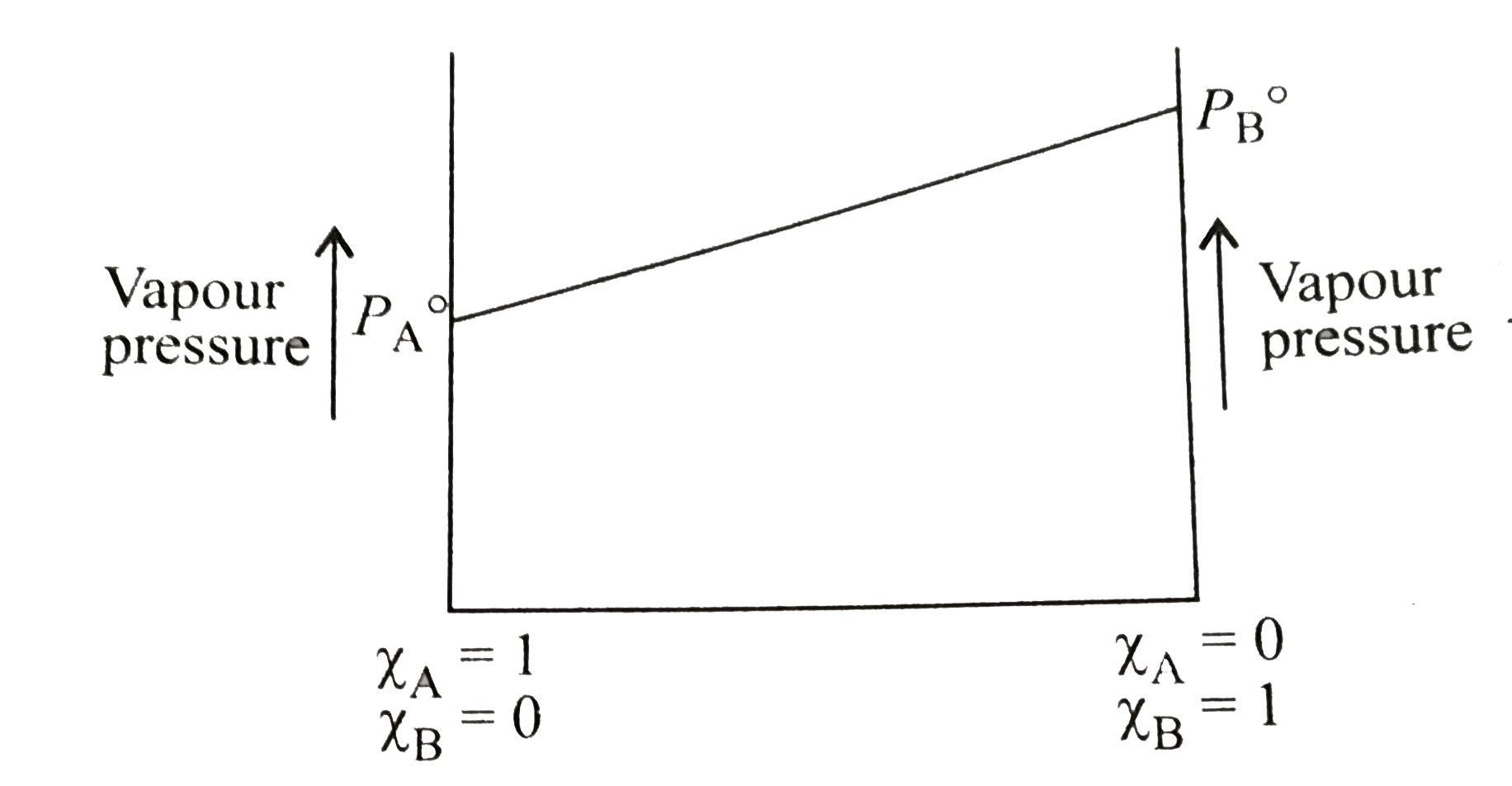Do we collect the vapours of the volatile substance in the Victor Meyer's experiment ?
Step-by-Step Solution:
1. Understanding the Victor Meyer Experiment: The Victor Meyer experiment is designed to determine the vapor density of organic compounds. It involves heating a volatile liquid and measuring the volume of gas produced.
2. Nature of Volatile Substances: In this experiment, the substance being tested is volatile, meaning it easily vaporizes at room temperature or when heated.
3. Vapor Collection: The question asks whether we collect the vapors of the volatile substance. In the Victor Meyer experiment, we do not collect the vapors directly.
4. Displacement of Air: Instead of collecting the vapors, the experiment measures the volume of air that is displaced by the vapors. This is crucial for calculating the vapor density.
5. Conclusion: Therefore, the answer to the question is that we do not collect the vapors of the volatile substance in the Victor Meyer experiment; instead, we measure the volume of air displaced.
Final Answer:
No, we do not collect the vapors of the volatile substance in the Victor Meyer experiment. Instead, we measure the volume of air displaced by the vapors.
---
No, we do not collect the vapors of the volatile substance in the Victor Meyer experiment. Instead, we measure the volume of air displaced by the vapors.
Similar Questions
Knowledge Check
Among the following substances, the lowest vapour pressure is exerted by
AwaterBalcoholCetherDmercury
Who discovered that ripe oranges emitted a volatile substance?
View SolutionNamet he volatile substance which was confirmed by coisins from riperied oranges.
View SolutionWhy do we need pure substances ?
View SolutionMercury (I) chloride sublimes when its compound Is heated and the vapours it gives off are cooled the substance collected consists of
View SolutionThe vapour pressure of pure liquid solvent A is 0.80 atm. When a non-volatile substance B is added to the solvent, its vapour pressure drops to 0.60 atm, the mole fraction of component B in the solution is
View SolutionThe relative lowering of vapour pressure is equal to the mole fraction of the non-volatile solute. This statement was given by
View SolutionThe mole fraction of the solvent in the solution of a non-volatile solute is 0.980. The relative lowering of vapour pressure is :
View Solution

